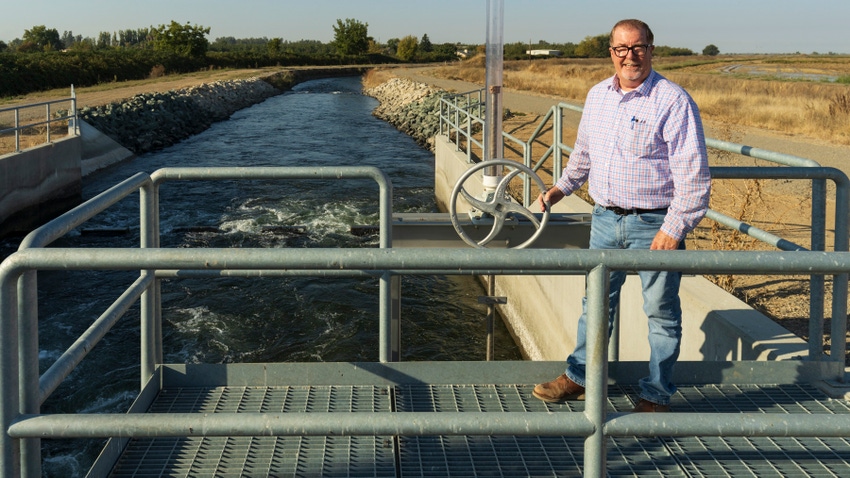
Thirty years after Congress required California provide more water for fish and wildlife through the Central Valley Project Improvement Act (CVPIA), a popular wildlife refuge amidst rice fields will get what was promised, and this time not at the cost of farmers.
Late last year Ducks Unlimited and a host of collaborators including the Biggs West Gridley Water District, and several state and federal agencies, heralded the culmination of six years of work costing more than $52 million to improve over five miles of canals, install seven new water control structures, raise numerous county and private bridges, and build a tunnel under a railroad. All with the goal of complying with the 1992 CVPIA, a law dedicating 800,000 acre-feet of water annually for fish and wildlife.
The Biggs West Gridley Water District serves 28,000 farmable acres, of which about 22,000 acres is typically planted to rice. The district serves Gray Lodge Wildlife Area, a California-owned and managed wildlife refuge just north of the Sutter Buttes in the Sacramento Valley, with water it gets from Lake Oroville and the State Water Project.
Though Lake Oroville serves as the cornerstone facility for California’s State Water Project, its location requires it to help serve the federal CVPIA where Shasta Lake and the Sacramento River, the federal government’s water supply through the Central Valley Project, are unable to.
“They didn’t have the infrastructure in place to get the water there, so it’s taken this long to make it happen,” said Danny Robinson, general manager, Biggs West Gridley Water District.
Prior to the project completion, Robinson said the water district did not have the capacity in some years to adequately serve farmers and the refuge at the same time.
“There were always challenges when we were wanting to flood up the rice fields,” Robinson said.
According to Robinson, the CVPIA did not come with money to meet its lofty goals.
Three decades after passage of the federal mandate, Gray Lodge will see a more sustainable and predictable supply of water, without negatively impacting rice fields in the northern Sacramento Valley. Neighboring water districts serving rice growers, pasture ground and orchards, will also benefit from the project, Robinson said.
With its wetlands and its large cottonwood and willow trees, Gray Lodge closely mimics what parts of the Sacramento Valley once looked like before managed water systems were installed. It provides habitat for over one million migratory waterfowl, shore birds, raptors, and various mammals, according to Tim Hermansen, area manager for Gray Lodge.
By the numbers
The $52 million project brought improvements to the region, including:
Over 5 miles of canal improvements
Eight county road bridges raised.
One railroad tunnel built.
Seven large water control structures built.
45 farm-field water control structures added.
According to Jeff McCreary, director of operations, Ducks Unlimited Western Region, the project’s investment in time and effort totaled nearly $65 million, which he said does not include work happening during the first phase of the project.
“Gray Lodge plays an integral role in supporting the millions of birds that winter in the Central Valley,” McCreary wrote in a guest opinion published by the Northern California Water Association. “And it does so amidst a vibrant agricultural landscape.”
That agricultural landscape is largely covered by rice fields, which for decades have provided overwintering habitat for migratory birds and are now being used to rebuild endangered salmon populations in the Sacramento and Feather rivers.
Gray Lodge covers about 9,300 acres of managed wetlands and other habitat. It is managed primarily for wintering waterfowl, according to Tim Hermansen, refuge area manager. About 5,800 acres of that are managed wetlands “where we manipulate the water flowing in and out,” he said.
“We also have resident wildlife that lives here year-round, including other species of shore birds, songbirds, and listed species,” he said.
The area is also a popular hunting ground for deer, dove, and waterfowl. It is also a popular bird viewing region, capped to the south by the Sutter Buttes, a small mountain range said to provide habitat for mountain lions and wild hogs. Roughly 100,000 people will visit Gray Lodge Wildlife Area each year.
“It’s very popular for the bird watching community to come out and look at the wildlife we have out here,” Hermansen said.
About the Author(s)
You May Also Like






